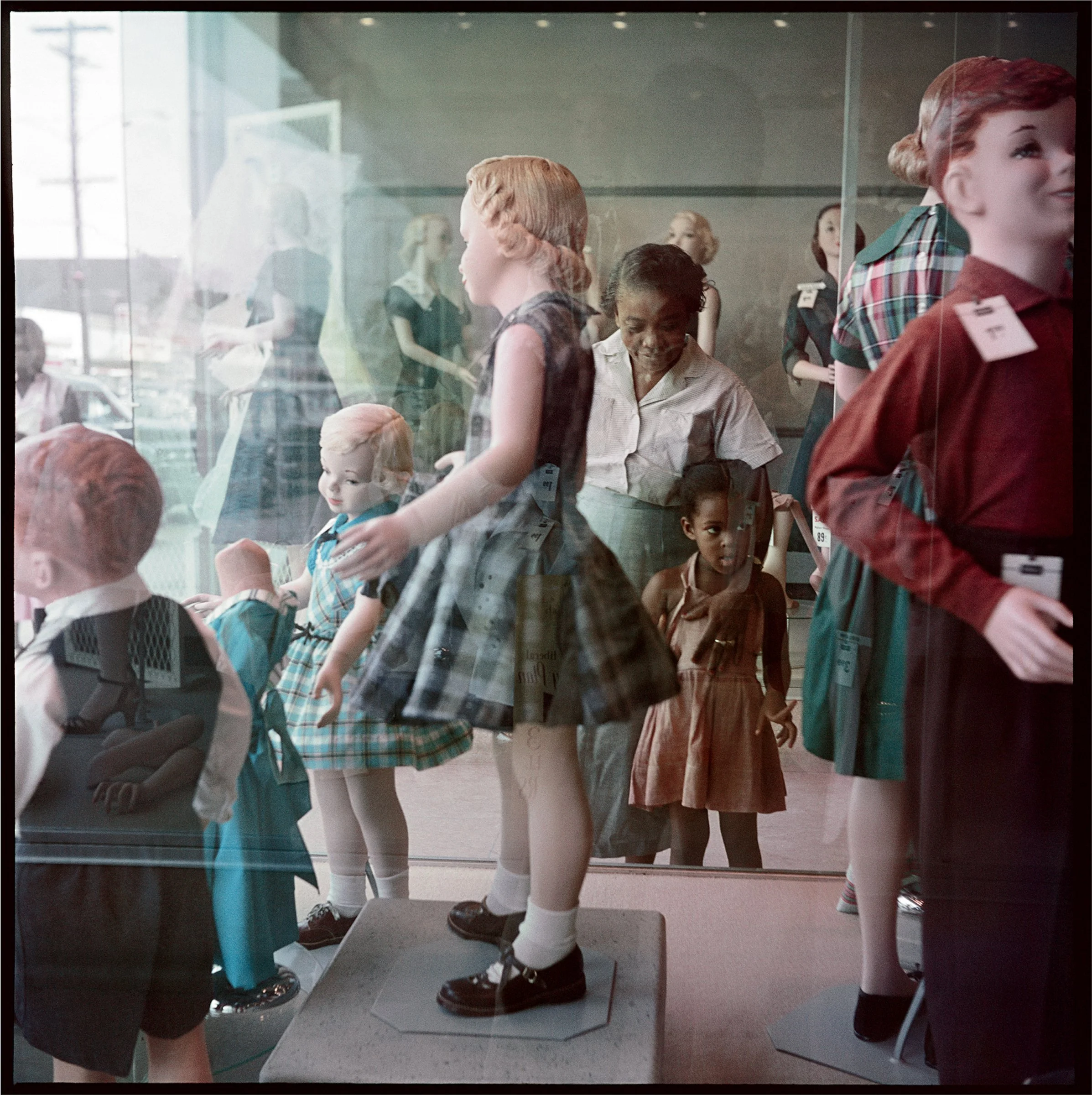If Memory Serves: Photography, Recollections, and Vision
© Aurora Wilder Collective (Jennifer Pritchard in collaboration with Patrick Corrigan and DALL-E), “Aurora Wilder”, 2022-23
Written by Jania Marissa
Photo Edited by Joe Cuccio
The Brand Library and Art Center is currently showing a photography exhibition titled “If Memory Serves: Photography, Recollections and Vision”. The soul of this exhibition explores the emotional connection we humans have to images and photographs. These emotional connections solidify memories which create the narratives of our human experience. How we see the world, each other, and ourselves. These photographs within the exhibition revolve around the theme of ‘memory’, however, the photographs in these shows are not just purely based on the past but also confronting the future.
The artist’s work in this collection holds the duality of being connected to the memories of the past, those emotional experiences that have deeply affected us and follow us through the rest of our lives but also the continual movement forward of time, the unknown of the future. The past is confronted not as a nostalgic walk in the park, but more so a collection of traumatic and or commonly silenced experiences that are being given a voice, given a spotlight to be seen. The future is the unknown, ideally the future will not reflect the horrors of the past but rather give reward to the perseverance of the past. The intersectionality between the two points of reality is where the show emerges. The observer can see inside the mind of each individual artist’s ‘memories' and confront them with the artist, giving a more intimate and vulnerable understanding to the photographs and the identity and story of the corresponding artist.
Aline Smithson’s “Melansia, from Fugue State” is one of the most impact thematic works within the show. Smithson’s Fugue state photo series addresses the loss of physical photographic memories as photography moves to a more digital state. The title of these series holds a literal and metamorphic meaning and is the perfect backdrop to understanding the haunting beauty of her work. The lack of tangible photographs holds the generational capturing and passing down of memories, lives and stories of the people before you. This is due to the technological advances of photography and the digitalization of photography being held not physically, but through and on a screen rather than paper. Smithson mourns the loss of photographs as objects, and how when photography was physical, it led to preservation rather than loss.
© Aline Smithson, “Melanesia, from Fugue State”, 30 x 30 inches, 2017
Susan Lapide’s piece titled “When the Kite Strings Pop”, is a photograph from her photo-series “Screen Time”. Screen Time confronts the digital age head-on, with a nuanced photographic portraiture approach. The subjects are photographed accompanied by their screens, the viewer can see both the subject and the contents of the device that they're on. Lapide believes that cell phones are what turned us away from each other and into ourselves. With the rise of social media usage, the hours spent on screens and the sharing of self-identity with the world through a screen shows how impactful the phones are to how we view ourselves. The music we listen to, how we talk to people, and the pictures we take, are all displayed through our phones. “Screen Time” is an impactful and thought-provoking project that allows the viewer to also confront their own “screen time” and connection to their devices, which is an innovative way of presenting portrait photography.
© Susan Lapides, When the Kite String Pops, 2023
Safi Alia Shabaik’s work focuses on daily life within city streets. The observation of these daily lives reveals the human condition. The “choreography of life“ is able to be captured by her camera, and through the lens she can track the history and truth of the city and the people in it. This project has been one starting in 2015 to the present day and can adapt and evolve with the city itself.
© Safi Alia Shabaik, “Chance Encounter”, 2016
Elizabeth Bailey’s work is one of the most emotional and evocative pieces in the exhibition, dealing with loss, curiosity, and the duality of the unknown and the known. Her series titled “The House Next Door” chronicles Bailey’s journey in piecing together the memory and story of her neighbor who mysteriously died. Bailey's photo titled “The Sea” is beautifully haunting. It plants a curiosity in the observer to understand who this woman on the floor is, facing away from us and towards a painting of a sea on the wall above her. The parallel texture of the wrinkles in the subject's flesh-colored dress and the waves in the sea of the painting emulates a literal wave of emotion. The emotion of loss can also be symbolized by a wave crashing down upon you. The intensities of grief and loss can come and go like the tide of an ocean, but despite this, the memories of the lost one are preserved and allow their life, story, and memory to live on after them.
© Elizabeth Bailey, “The Sea”, 30 x 20 inches, 2021
Memories are one of the most powerful aspects of our mind- the relationship to the past, present and future is what holds us in our existence. The intersectionality of memories and technology will be an ever-evolving phenomenon as the future comes closer. The works in this show confront the digital age head on and inspire the viewer to think about their own reality to screens, phones, the digital age and how it has affected our own memories and our own identity.
© Aline Smithson, from the series “Fugue State Revisited”
Curated by Rotem Rozental, Ph.D.
Featuring work by Aurora Wilder Collective (Jennifer Pritchard in collaboration with Patrick Corrigan and DALL-E), Elizabeth Bailey, Annette LeMay Burke, Dena Elisabeth Eber, Sarah Hadley, Diane Hemingway, Rohina Hoffman, Susan Lapides, Annie Omens, Lori Ordover, Rosalie Rosenthal, Safi Alia Shabaik, and Aline Smithson.












